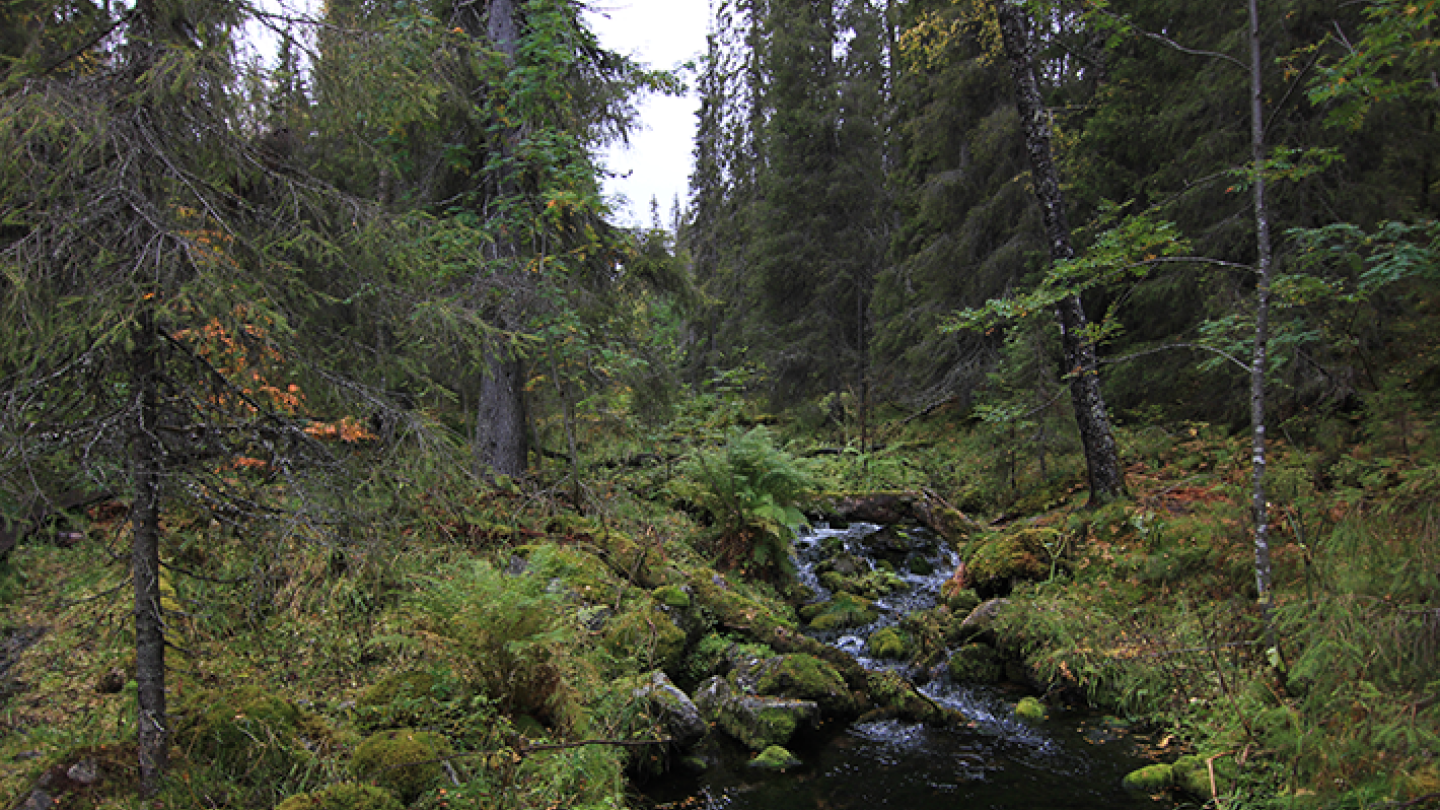Securing biodiversity requires better forest management

Forest ecosystems cover about 30% of the world’s land area and support the majority of terrestrial biodiversity. Globally, forest cover loss over the last 20 years has been mainly driven by resource exploitation and the conversion to other land uses such as agriculture. In Europe, particularly in northern Europe, intensive forestry is the main cause of forest ecosystem degradation and the loss of structural complexity and biodiversity.
- Intensive forest management refers to a management method in which timber production is maximized, for example through clear-cutting, soil cultivation, and planting of fast-growing tree species and selected varieties. Trees can also be harvested at a younger age. If ecological aspects are not adequately considered, it can result in habitat loss, reduced forest biodiversity, weakened forest resilience, and negative impact on water bodies, specifies Senior researcher Rémi Duflot from the University of Jyväskylä.
Evaluation of conservation management requires knowledge of harvesting
Researchers at the University of Jyväskylä assessed the extent of harvesting in Finnish forests of different biodiversity values between 2018 and 2022.
- Using Finland as a case study, we investigated whether the most valuable forests in terms of biodiversity conservation are still being harvested or if they are under efficient protection. Finland, with its nation-wide estimation of forest biodiversity value and spatially explicit harvests records, provides an excellent example, says Doctoral Researcher Pihla Kortesalmi from the University of Jyväskylä.
Researchers used regional and national maps of forest biodiversity values developed by researchers at the Finnish environment institute (SYKE). Biodiversity values are based on modelled deadwood potential determined by forest type, tree species, and stand volume, along with information of forest use in the area, known presence of endangered species, and the connectivity of forest landscapes.
- We used two complementary sources of harvesting data. The Global Forest Change data showing annual loss of forest cover based on Landsat satellite images, and compulsory forest use notifications filed prior to forestry operations, specifies Kortesalmi.
Findings indicate that harvesting still takes place in forests with high biodiversity values. The biodiversity values of harvested areas are higher in the Southern part of the country than in the Northern, and when assessed by region, are slightly higher than the average biodiversity values of forests in that region. Around one-third of the top 10% of forests with the highest biodiversity value are currently protected.
- Results show that harvesting affects all forests outside of protected areas irrespective of their biodiversity value. If harvesting continues at the same rate as in 2018-2022, all unprotected high biodiversity value forests wills be affected in the next few decades. In the future, forest use intensity could be reduced using a combination of increased protected area and extensive practices such as continuous cover forestry, says Duflot.
The study was published in the European Journal of Forest Research on September 13, 2025.
Article information:
- Kortesalmi et al “Continued exploitation of high biodiversity value forests outside of protected areas in Finland”, European Journal of Forest Research, 13.9.2025
- DOI number: https://doi.org/10.1007/s10342-025-01823-z
- Link to article: https://link.springer.com/article/10.1007/s10342-025-01823-z





